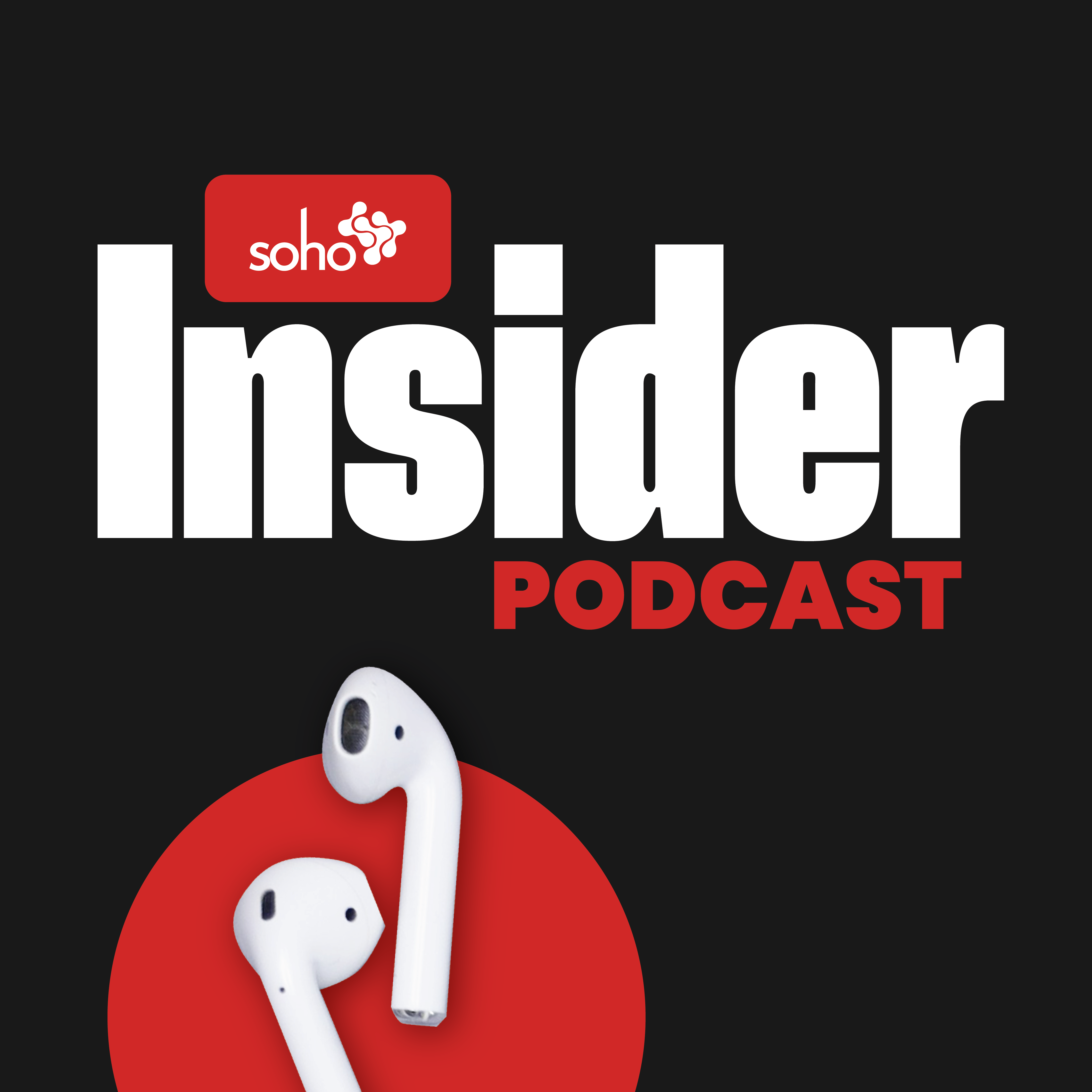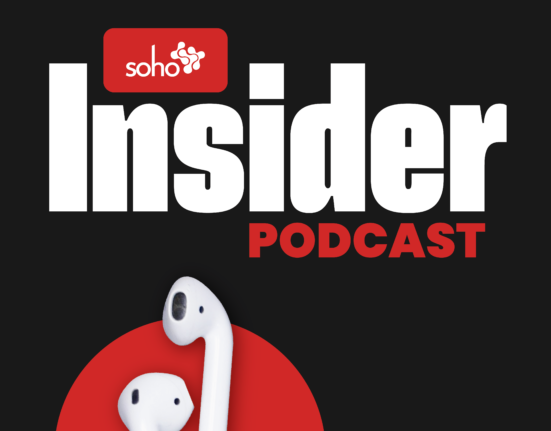
Host Saad Usmani, MD, chief of the myeloma service at Memorial Sloan Kettering Cancer Center in New York City, and Sagar Lonial, MD, FACP, professor and chair of the Department of Hematology and Medical Oncology at Winship Cancer Institute at Emory University, explore the journey of the antibody-drug conjugate (ADC) belantamab mafodotin, the first B-cell maturation antigen (BCMA)-targeted ADC approved by the US Food and Drug Administration (FDA) for patients with relapsed or refractory myeloma.
Dr. Lonial noted the excitement around the approval given how few treatment options there were for this subgroup of patients.
“In the relapsed/refractory setting, it clearly demonstrated clinical benefit, with a significant fraction of patients responding,” adding that the therapy seemingly “ushered in the era of BCMA-directed therapies.”
Early experiences with the drug during the DREAMM-2 trial pointed to the possibility of flexible dosing given the length of remission in some patients.
“Some patients stayed in remission for a long period with just a few doses,” Dr. Lonial said.
The flexible dosing helped mitigate ocular toxicity without compromising treatment responses in patients, according to Dr. Lonial.
“It was incredibly gratifying to see patients with no other options, have really long remissions with less frequent dosing schedules,” he said. “I think at that time point, we didn’t fully appreciate the variability in the ocular side effects.”
However, the phase 3 DREAMM-3 trial, designed as a confirmatory study, failed to meet its statistical endpoints, primarily due to high censoring rates and questionable trial design.
“It clearly demonstrated benefit, but the study design put the drug in a difficult position,” Dr. Lonial said. As a result, the FDA withdrew belantamab from the market despite evidence of efficacy.
Enthusiasm for the drug has since been revived by more recent data from the DREAMM-7 and DREAMM-8 trials, which were large, randomized trials with over 400 patients. In the DREAMM-7 trial, investigators compared belantamab mafodotin, bortezomib, and dexamethasone (BVd), as compared with daratumumab, bortezomib, and dexamethasone (DVd) in patients who had progression of multiple myeloma after at least one line of therapy.1 In the DREAMM-8 trial, lenalidomide-exposed patients who had relapsed or refractory myeloma after at least one line of therapy received either belantamab mafodotin, pomalidomide, and dexamethasone (BPd), or else pomalidomide, bortezomib, and dexamethasone (PVd). 2
“Combining drugs is the optimal way,” Dr. Lonial said, referencing the DREAMM-7 and DREAMM-8 trials. “One of the key advantages is that this is a therapy you can give the same week you see the patient.”
The convenience and accessibility of ADCs make them an especially promising option for community physicians, particularly in areas where access to chimeric antigen receptor (CAR) T-cell therapy remains limited due to cost and infrastructure.
“Cellular therapy availability and cost will remain an issue,” Dr. Usmani said, adding that ADCs help bridge gaps in care outside academic centers.
As regulatory discussions unfold around the DREAMM-7 and DREAMM-8 data, it will be interesting to see if belantamab returns as a viable treatment option, and this time, as part of a combination regimen with a flexible dosing schedule.
“What I think may resurrect this drug, and what we’re really excited about, is the idea of combining [the therapies when we use them], and not giving them as single agents,” Dr. Lonial said. “Allowing yourself the flexibility of reducing the dosing schedule such that the average delivered dose of belantamab mafodotin is every six to eight weeks.”
Some patients stayed in remission for a long period with just a few doses.
References
- Hungria V, Robak P, Hus M, et al. Belantamab Mafodotin, Bortezomib, and Dexamethasone for Multiple Myeloma. N Engl J Med. 2024;391(5):393-407. doi:10.1056/NEJMoa2405090
- Dimopoulos MA, Beksac M, Pour L, et al. Belantamab Mafodotin, Pomalidomide, and Dexamethasone in Multiple Myeloma. N Engl J Med. 2024;391(5):408-421. doi:10.1056/NEJMoa2403407







